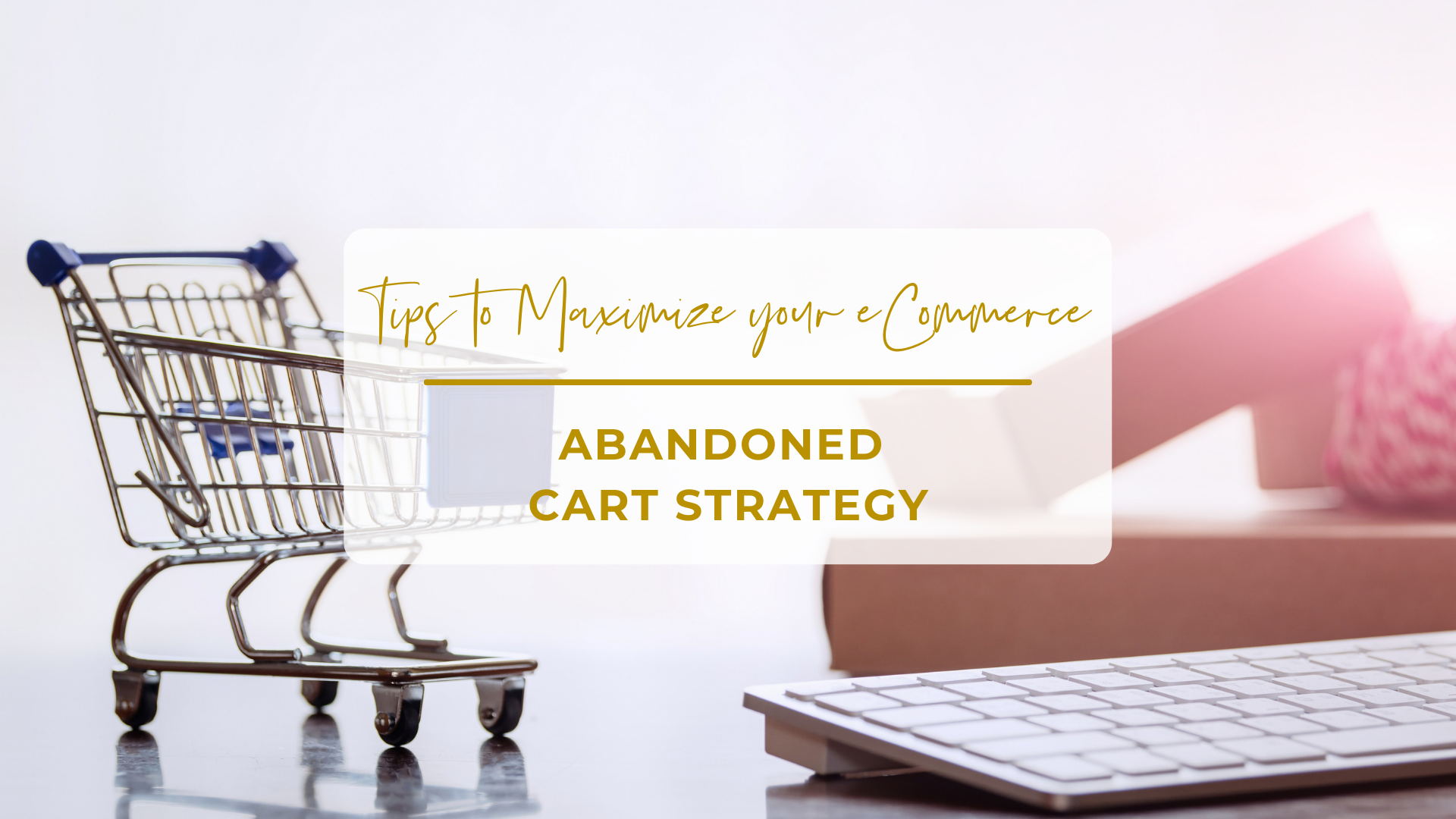Oftentimes, people are so busy that they miss significant opportunities to take their eCommerce business to the next level.
If you aren’t using or optimizing an abandoned cart email series, you’re missing your chance to re-engage prospects and increase profits for your business in a big way.
The data speaks for itself–research has found that, on average, seven out of ten shopping carts end up being abandoned.
This means that the average large-scale eCommerce site can gain a 35.26% increase in conversion rate with a better cart abandonment strategy.
Don’t be discouraged if you haven’t managed to effectively use this strategy in your eCommerce business–it’s better late than never!
Below are 17 proven tips to help you incorporate a successful abandoned cart strategy in your sales funnel and significantly increase revenue.
#1: Provide rewards for VIP visitors.
If you have customers that could be considered “regulars,” I recommend you add an extra layer to provide them with a sense of VIP treatment. Create a custom segment of abandoned cart emails for these regular visitors, and be sure to let them know how much you value their consistent business.
#2: Better now versus never.
If you aren’t sending out abandoned cart emails simply because you feel like your emails or strategy isn’t entirely fine-tuned, you’re missing out on the opportunity to convert. Don’t wait until your abandoned cart emails are perfect–you can always tweak them as time goes on and you have more time on your hands. It’s better to have a simplified version of them than not have them at all.
#3: Dissuade customers from checking out right away.
We know that abandoned cart emails aim to help customers complete their purchases. However, a longer term and more valuable goal would be to encourage more shopping. In fact, in one case study, Klaviyo that “12% of customers who came back [added] more products to their carts.”
#4: Secure their email address up front.
It would be a pity to have an abandoned cart with no way to contact or follow up with the prospect. To ensure this doesn’t happen, ask for email addresses early on in the checkout process. This way you won’t have any loose ends that simply can’t be tied up due to a lack of contact information.
#5: Don’t provide discounts off the bat.
Your first email to a customer in an abandoned cart sequence should serve as a friendly reminder–don’t give a discount out too early if you don’t have to. The second email can provide the discount, especially if they are first-time customers. However, make sure first-time customers don’t become conditioned to expect these “gifts” in the future by telling them that they’re receiving the discount due to the fact that it’s their first time shopping with you.
#6: Drive clicks to your CTA.
Don’t overdo your emails–aim to keep prospects in a one-track mind. Optimize these emails and get rid of any social share buttons and other distracting elements to increase focused attention on the back-to-cart link.
#7: Use images to add lightheartedness and humor.
Telling people that they forgot something can come across a bit harsh if the message isn’t skillfully crafted. Images can go a long way in lightening the mood. Try to include something that could intrigue or entertain your customer–such as a photo of an animal looking sad or surprised.
#8: Display social proof.
Let’s say that the product that a customer has abandoned receives regular high ratings and feedback from past customers. It would be wise to include these testimonials and other forms of feedback as social proof in your abandoned cart sequence. Hearing from happy past customers will carry more value than simply hearing you rave or make promises about your own products.
#9: Don’t overdo the sense of urgency.
It can be unpleasant to feel too rushed when making decisions. Therefore, I recommend that you use urgency sparingly in your emails to customers. If you tell them in your first email that they have limited time to purchase, but continue sending them emails over the course of the next week saying the same thing, you will lose credibility. It comes across as gimmicky and dishonest.
#10: Keep your discounts as low as possible.
Sometimes offering 20% 0ff will be just as effective as offering 25% off–so don’t throw away money if you don’t have to. You can determine where that line is by A/B testing various email offers.
#11: Ensure your subject lines are open-worthy.
Subject lines can make or break an email. Your goal is to make sure that they are clear and catchy. The more humorous your brand, the more you can play with the quirkiness of the subject lines. That said, no matter the tone of your brand, the primary goal is to communicate the value of your email clearly and concisely.
#12: Have a great return policy? Highlight it!
Online shoppers seek ease and low barriers to receive and enjoy their purchases. If your company has an ideal return policy, be sure to call it out in your email. For instance, in one study that analyzed retargeting efforts by a Japanese retailer, researchers sent two versions of abandoned cart emails to customers. The version with information about easy product returns led to almost 50% more in spending than the email without it.
#13: Utilize Facebook retargeting.
Email isn’t the only way to encourage customers with abandoned carts to check out–Facebook can be a useful tool as well. Create a segment of customers who have abandoned carts and haven’t placed an order in the last three days. Then, create targeted ads that will be served to this segment using Facebook Custom Audiences.
#14: Don’t forget to mention free shipping.
As I mentioned in tip #12, customers love it when the shopping process is made simpler for them. If your business offers free shipping for orders over a certain dollar amount–don’t neglect to mention that. Write up a special series of abandoned cart emails that will be specifically sent to shoppers with a cart that’s total value qualifies them for shipping at no extra cost.
#15: Don’t overpromise and underdeliver.
Imagine the sense of disappointment and loss of trust that would occur if a customer returns to an abandoned cart via an email you send–only to discover that the item in the cart is now sold out. Luckily, certain eCommerce platforms like Shopify and Magento have certain safeguards in place to prevent these out-of-stock disasters. This way, you can have peace of mind that emails won’t be sent with false promises to customers.
#16: Stay optimistic.
Oftentimes, people get ahead of themselves and assume that abandoned carts are a lost cause. This is entirely false, and eCommerce marketers will only benefit by changing their perspective and seeing abandoned carts as a glass half full. These customers just need a little extra attention to complete their sale, so don’t give up on them too early!
#17: Liven up your emails to keep customers engaged.
Emails don’t have to be boring–there are various opportunities to communicate information in a fun and engaging way. While sticking with your brand tone, think of interesting ways to encourage customers to return to their cart. For example, instead of simply inviting customers back with a CTA like “return to your cart,” you could do it in a creative way and write “Have a reunion with your cart now!”
If you want to learn more ways to optimize your digital marketing strategy for your eCommerce business, I can help! Schedule a FREE strategy session with me and learn how to double your sales!
Read More of Our Posts
-
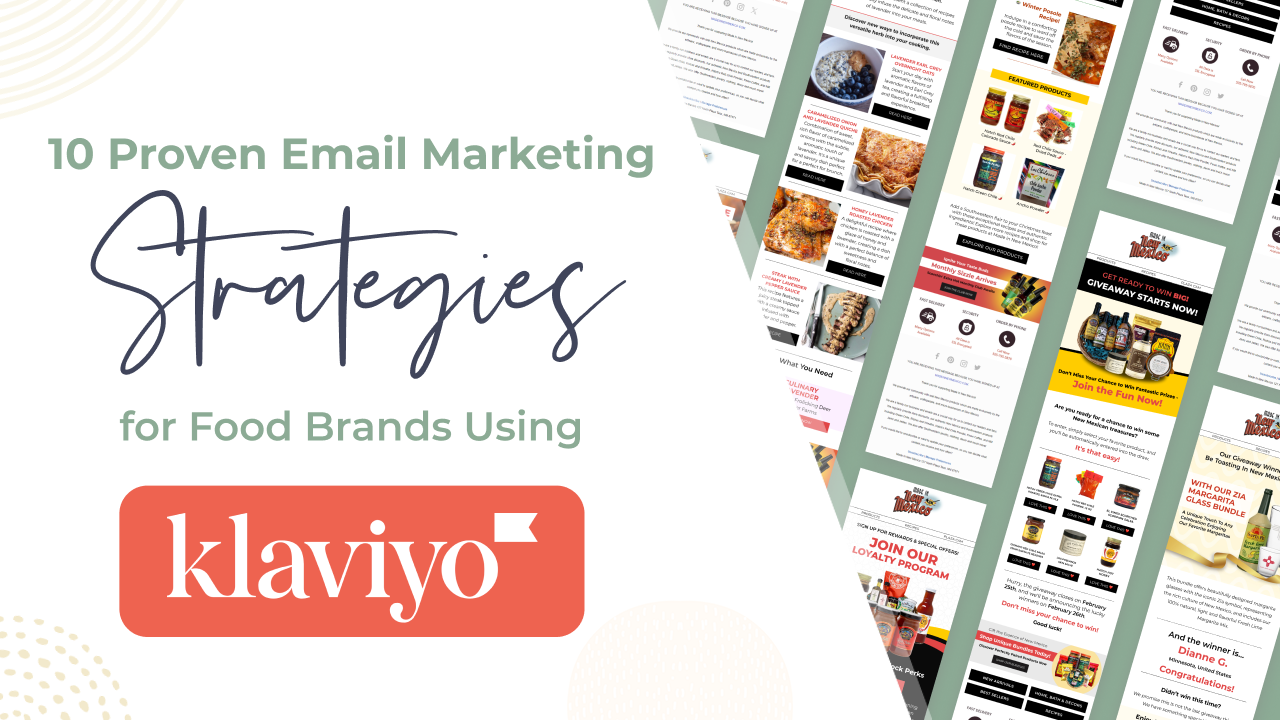
Boosting Your Food Brand’s Success with Advanced Email Marketing Strategies Using Klaviyo
June 25, 2024In the competitive world of eCommerce, particularly within the food industry, effective email marketing can...
-

Strategies for Capitalizing on Traffic and Growth: Gamification, Social Engagement and Email Acquisition
April 4, 2024INTRODUCTION I’m back after a great week at Cosmoprof, Bologna. I’m ready to dissect all...
-
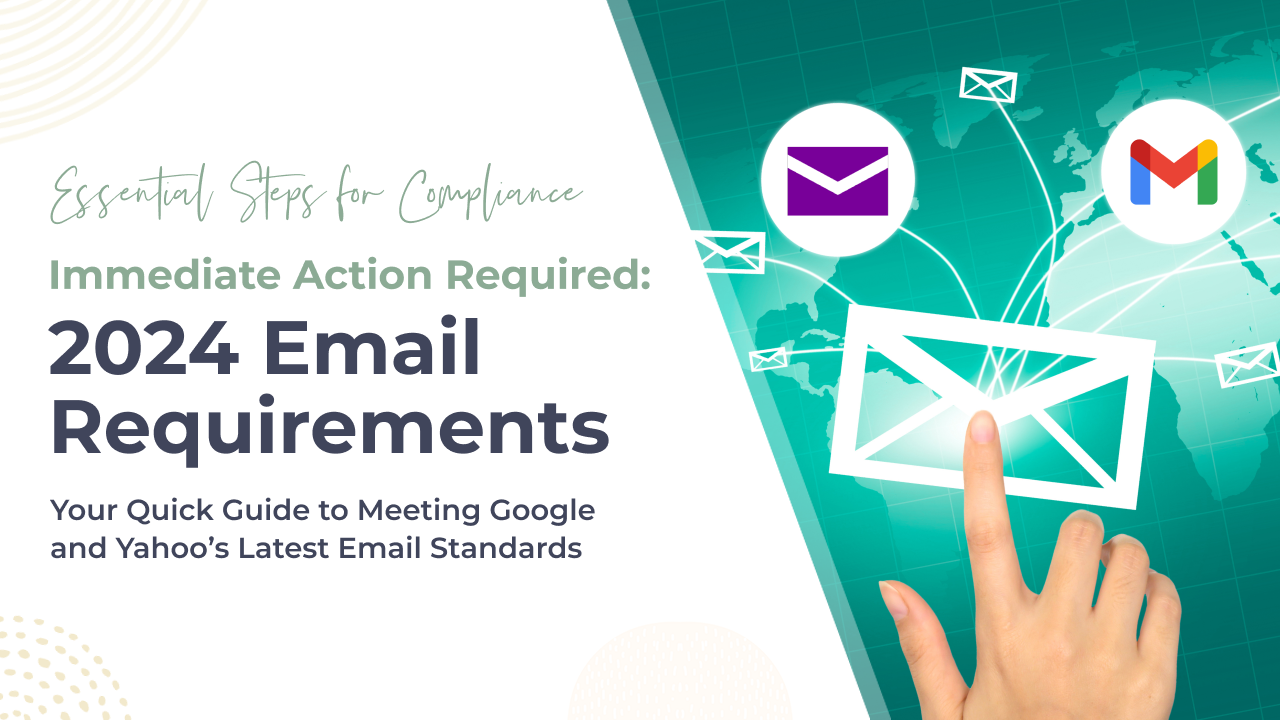
Act Now: Navigating Google and Yahoo’s Urgent Sender Requirements for 2024
January 30, 2024Introduction to New Email Marketing Compliance Standards In the digital marketing realm, delivering emails that...
-

The Crucial Difference Between Copywriters and Email Marketing Copywriters
January 30, 2024Introduction: In the ever-evolving landscape of digital marketing, the role of copywriters has diversified, with...
-

The Best Ecommerce Partners for Email Marketing: A KDP Guide
June 15, 202311 Best Apps for Building Up Your Klaviyo Ecosystem When it comes to email marketing,...
-

The Power of Technology in Beauty: A Marketer’s Perspective on Geske at Cosmoprof Show
April 5, 2023By leveraging technology, Geske can provide a one-of-a-kind experience that sets them apart from other...
-

How Davines Nailed Their Email Marketing Strategy at Cosmoprof Bologna!
March 27, 2023See how Davines, the sustainable hair care brand, executed a marketing strategy leveraging email! Cosmoprof...
-
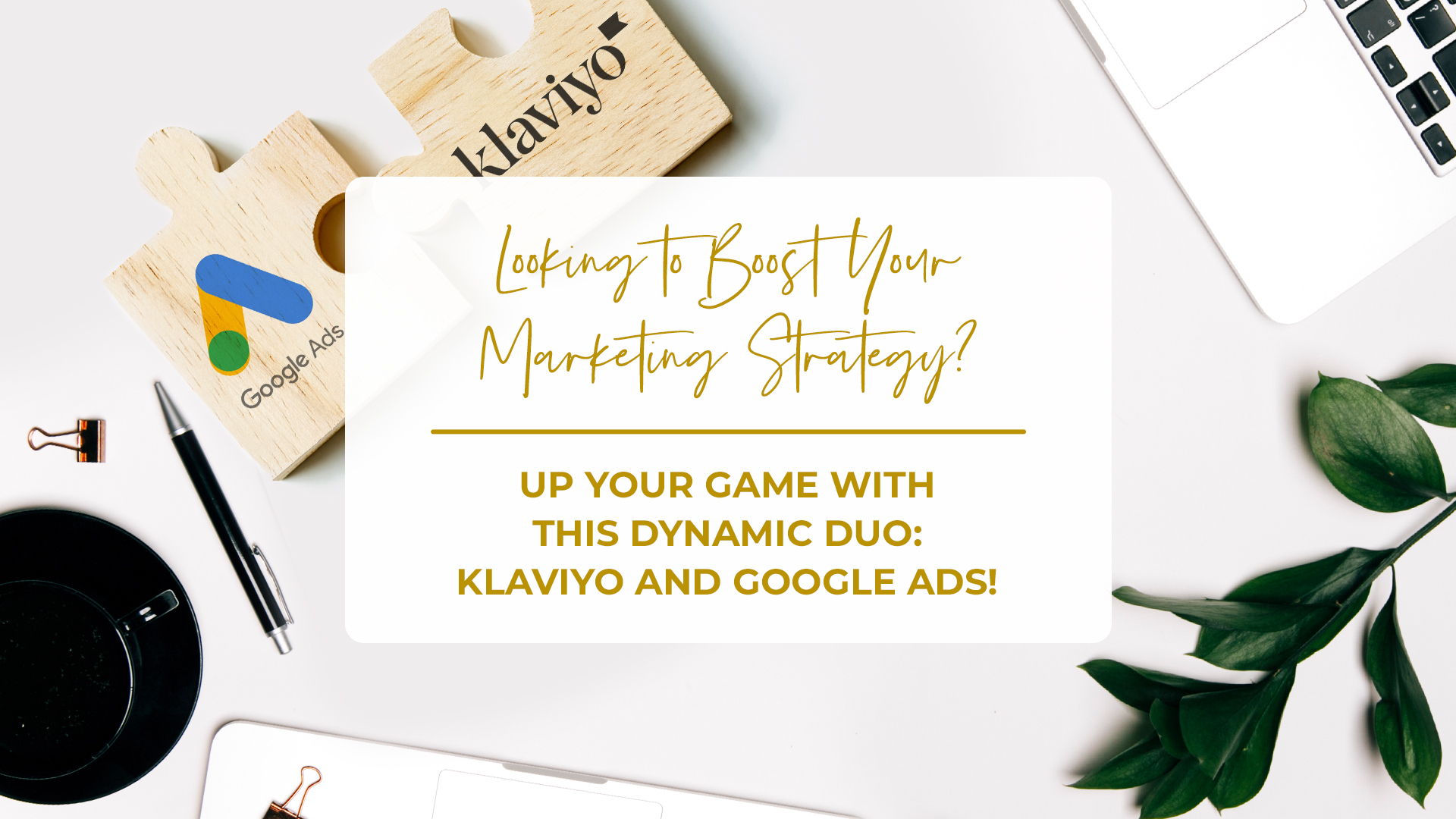
Boost Your Email Marketing Strategy with Klaviyo and Google Ads
January 20, 2023Are you looking for ways to maximize your advertising spend? And reach more highly-qualified buyers?...
-

Discover How The Role of AI Is Growing In Business And How You Can Leverage It!
January 10, 2023As AI technology continues to advance, more and more businesses are turning to artificial intelligence...
-
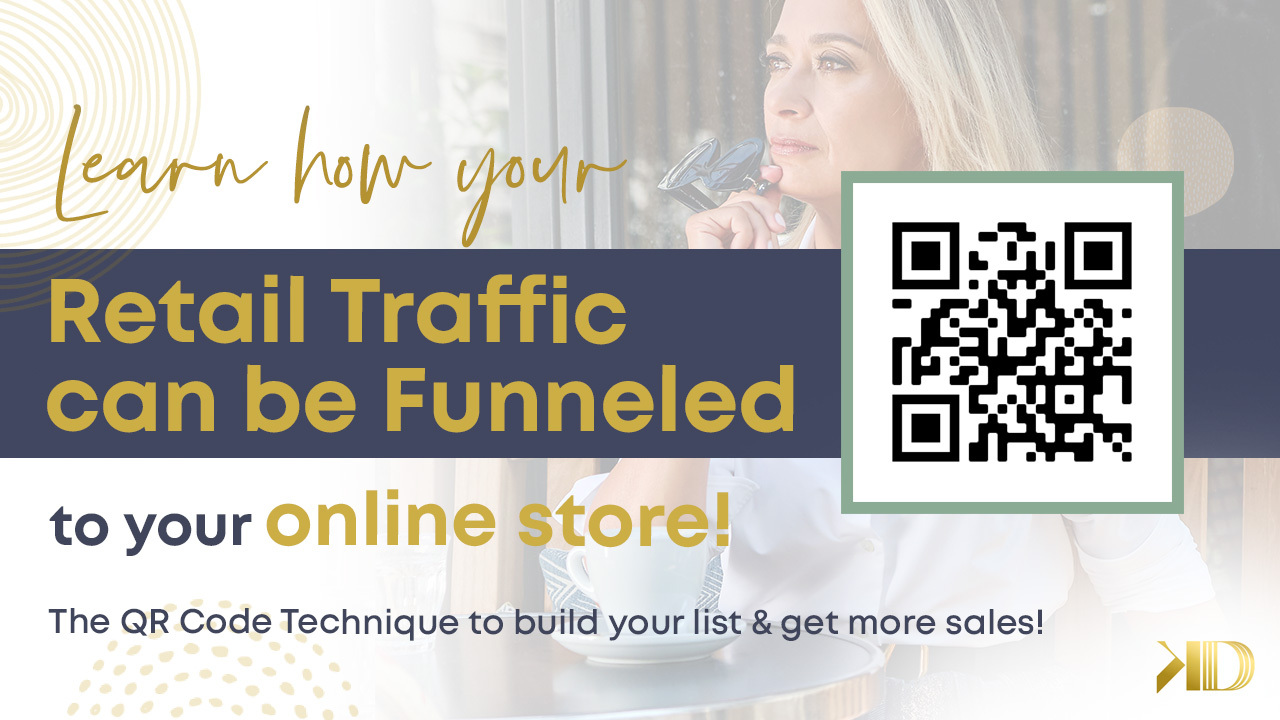
Funnel Retail Traffic To Your Online Store & Boost Sales
June 30, 2022QR codes are a unique way to bridge your retail presence with your online presence....
-

Learn to Create Marketing Emails that Convince and Convert
April 3, 2019Email marketing is a powerful tool that can bring your online business great benefits. If...
-

MailChimp Ended the Partnership with Shopify.
March 25, 2019On the 22nd of March, MailChimp announced the end of their partnership with Shopify, because...
-

Predict When Your Customers Will Reorder
March 5, 2019Predict When Your Customers Will Reorder Are you eager to scale up your business? Of...
-
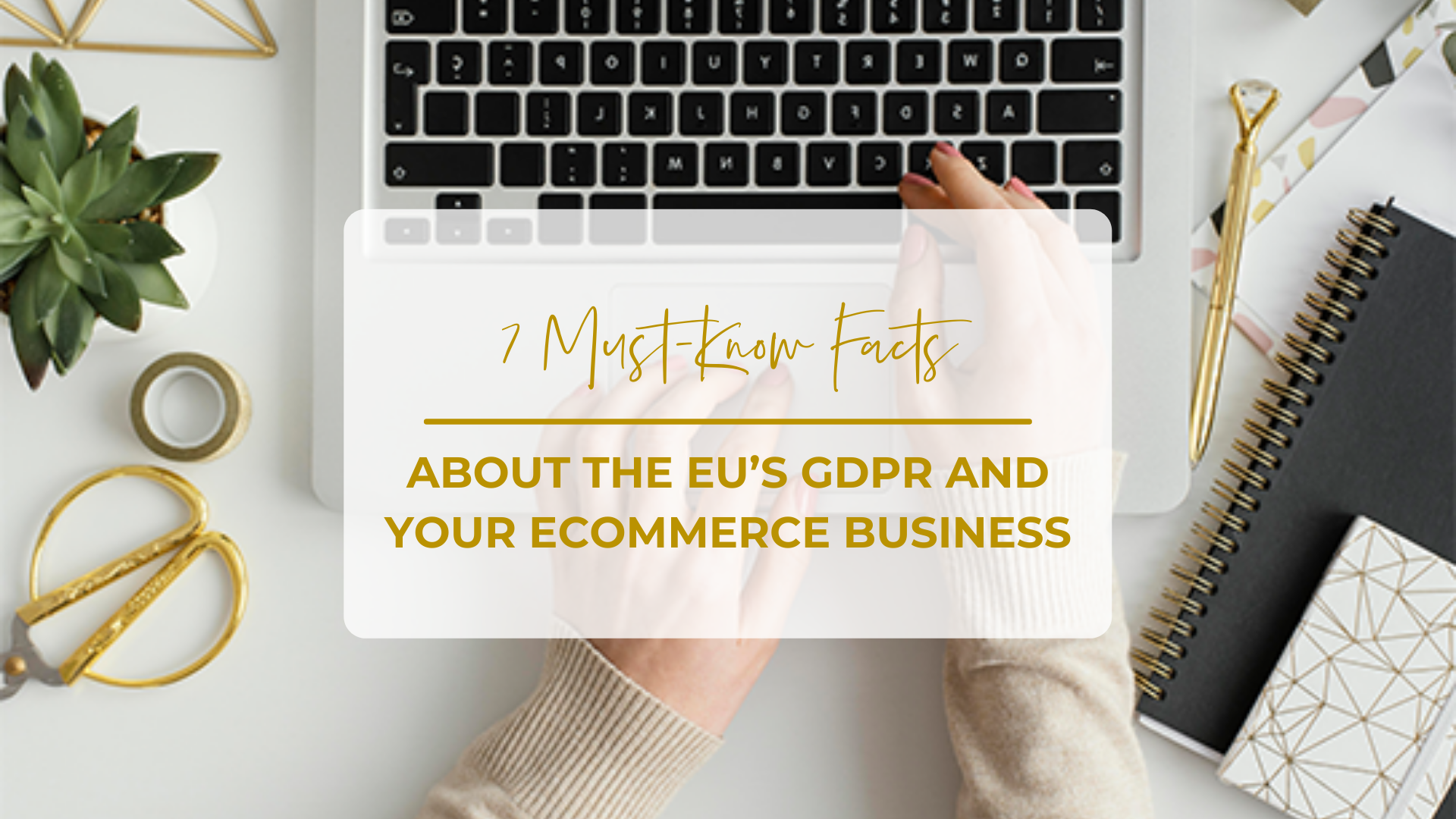
7 Must-Know Facts about the EU’s GDPR and Your Ecommerce Business
April 27, 2018GDPR stands for General Data Protection Regulation, a piece of law approved by the EU...
-
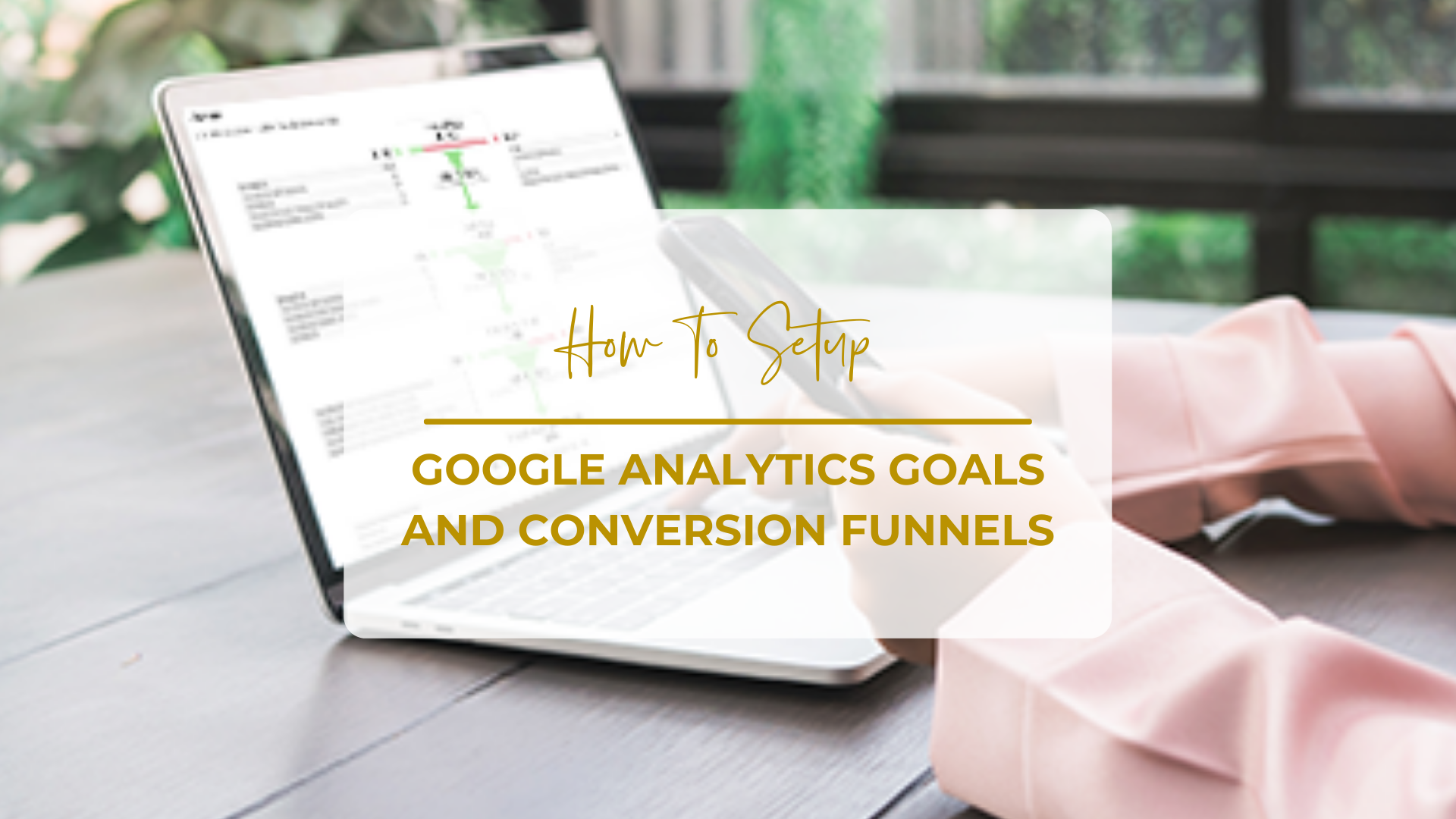
How To Setup Google Analytics Goals and Conversion Funnels
December 19, 2016Whether your online goal is to generate sales or it is to get signups for...
-
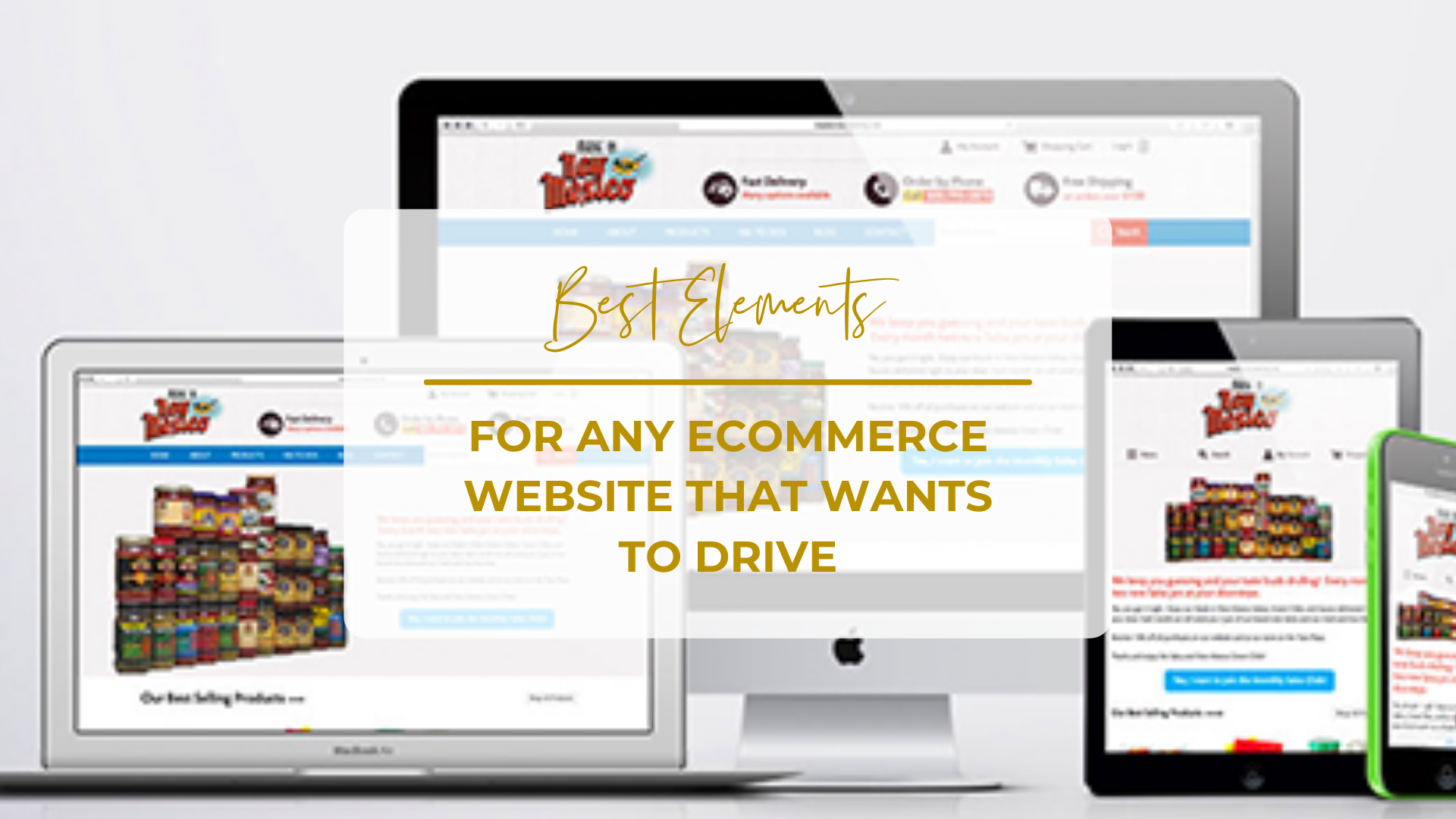
15 Best Elements For Any eCommerce Website That Wants To Drive Conversions
July 31, 2016The Problem I was hired to redesign this project when my Client and I noticed...
-
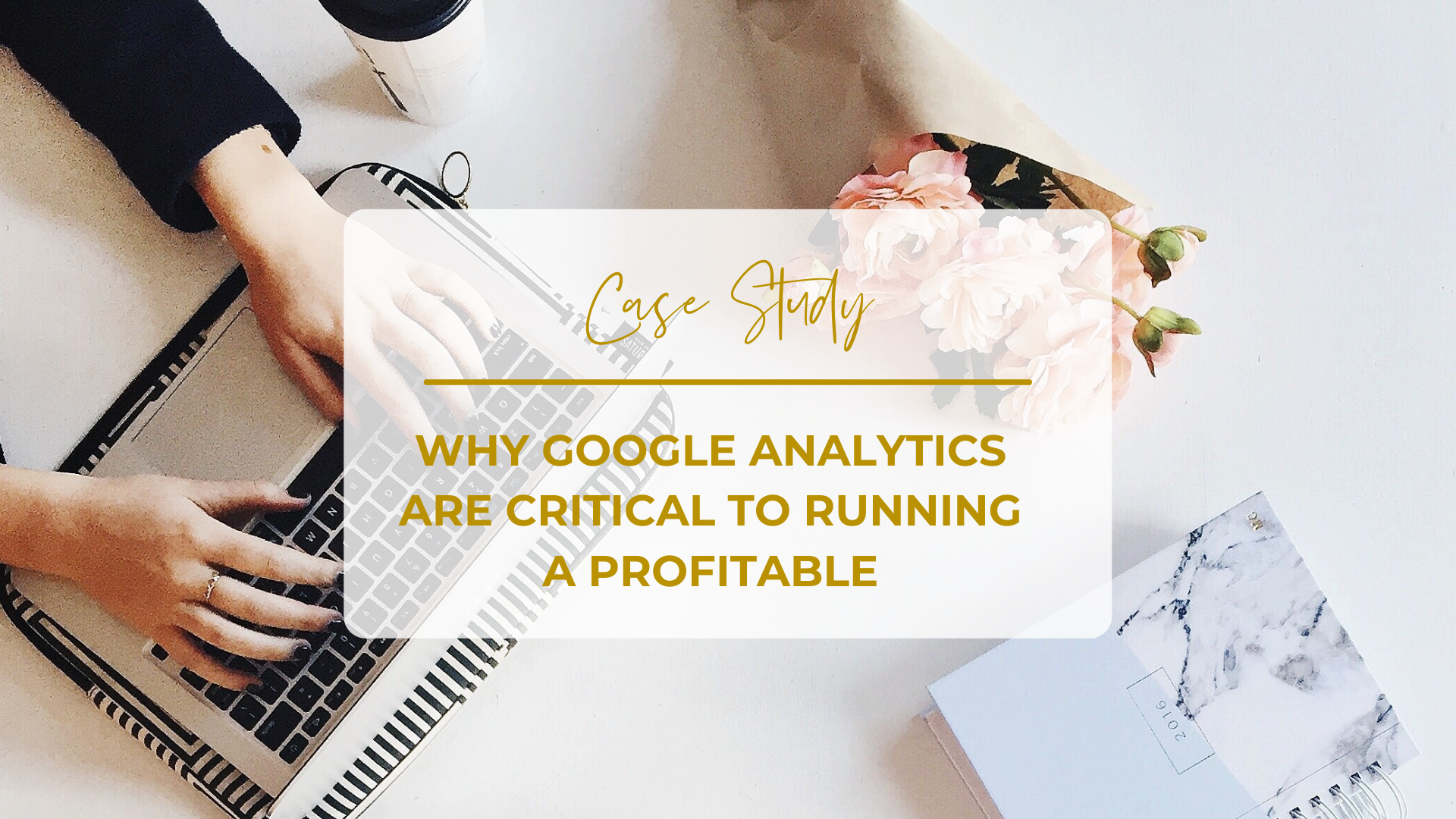
Case Study: Why Google Analytics Are Critical To Running A Profitable eCommerce Website
June 7, 2016After experiencing poor website and traffic results with an ad agency, a New Mexico-based eCommerce...

